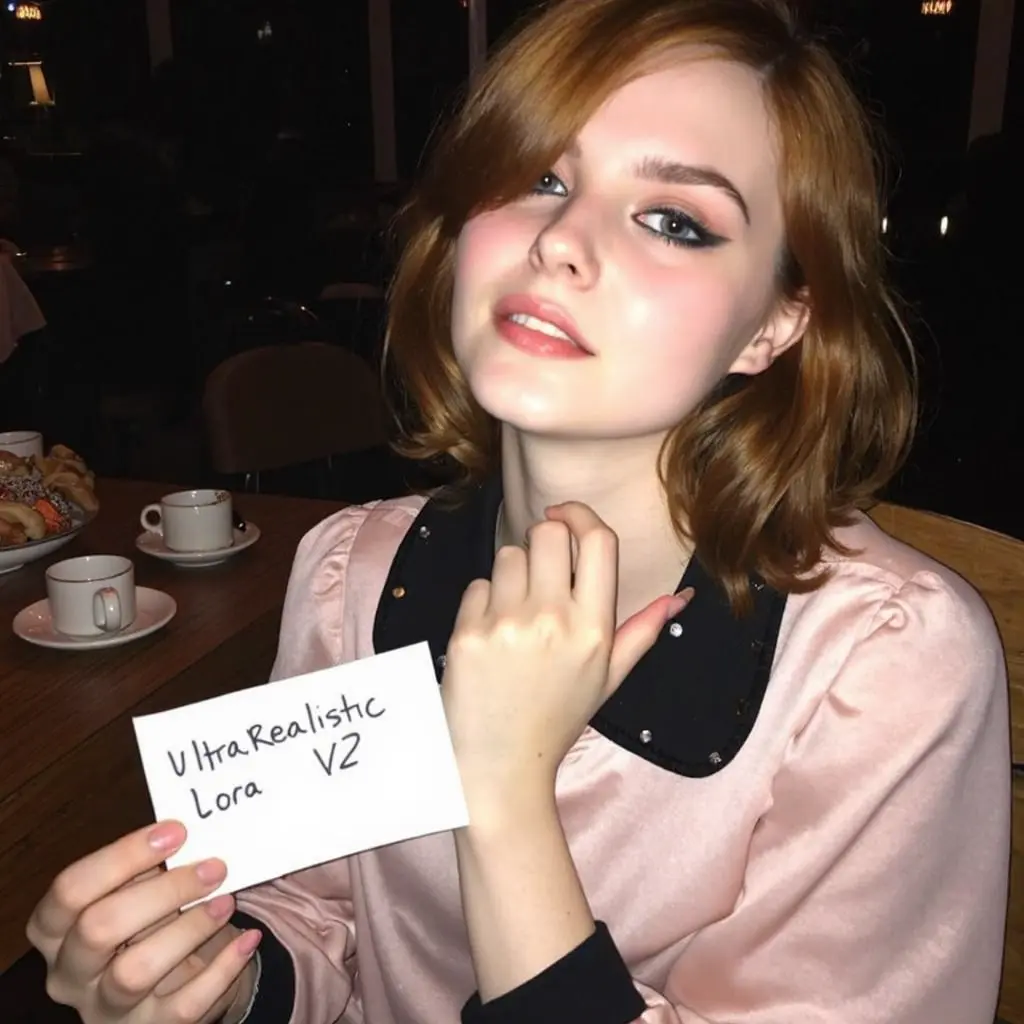ComfyUI Node: 🎨 Halftone Filter
CR Halftone Filter
Category🧩 Comfyroll Studio/👾 Graphics/🎨 Filter
Suzie1 (Account age: 2434days) Extension
Comfyroll Studio Latest Updated
2024-07-24 Github Stars
0.83K
How to Install Comfyroll Studio
Install this extension via the ComfyUI Manager by searching for Comfyroll Studio- 1. Click the Manager button in the main menu
- 2. Select Custom Nodes Manager button
- 3. Enter Comfyroll Studio in the search bar
Visit ComfyUI Online for ready-to-use ComfyUI environment
- Free trial available
- 16GB VRAM to 80GB VRAM GPU machines
- 400+ preloaded models/nodes
- Freedom to upload custom models/nodes
- 200+ ready-to-run workflows
- 100% private workspace with up to 200GB storage
- Dedicated Support
🎨 Halftone Filter Description
Apply halftone effect to images with varying dot patterns, sizes, and colors in greyscale/CMYK modes for artistic versatility.
🎨 Halftone Filter:
The CR Halftone Filter node is designed to apply a halftone effect to images, mimicking the dot patterns used in traditional printing techniques. This filter can transform your images into a series of dots, which vary in size and spacing to represent different shades and colors. The node supports both greyscale and CMYK color modes, allowing for versatile artistic effects. By adjusting parameters such as dot size, shape, and angles, you can achieve a wide range of visual styles, from classic comic book aesthetics to modern graphic designs. The filter also includes options for antialiasing and border blending to enhance the quality and smoothness of the final output.
🎨 Halftone Filter Input Parameters:
image
This parameter accepts the input image that you want to apply the halftone effect to. The image can be in the form of a PIL Image or a PyTorch tensor. If a tensor is provided, it will be converted to a PIL Image internally. The quality and resolution of the input image will directly affect the final output.
dot_size
This parameter determines the size of the dots used in the halftone effect. Larger dot sizes will create a more pronounced and less detailed effect, while smaller dot sizes will produce finer details. The value should be chosen based on the desired visual outcome and the resolution of the input image.
dot_shape
This parameter specifies the shape of the dots used in the halftone effect. Common shapes include circles, squares, and other geometric forms. The choice of shape can significantly influence the overall aesthetic of the image.
resolution
This parameter maps to the scale of the halftone effect. It can take values such as "normal" or "hi-res (2x output size)". The "hi-res" option will double the output size, providing a higher resolution and more detailed effect.
angle_c, angle_m, angle_y, angle_k
These parameters define the rotation angles for the cyan, magenta, yellow, and black channels, respectively. Adjusting these angles can help in achieving different visual effects and reducing moiré patterns in the final image.
greyscale
This boolean parameter determines whether the image should be converted to greyscale before applying the halftone effect. If set to true, the image will be processed in greyscale mode, otherwise, it will use the CMYK color mode.
antialias
This boolean parameter enables or disables antialiasing. When enabled, the image will be scaled up during processing and then scaled back down to smooth out the edges of the dots, resulting in a higher quality output.
border_blending
This parameter controls the blending of borders in the halftone effect. It helps in creating a smoother transition between the dots and the background, enhancing the overall visual quality.
antialias_scale
This parameter specifies the scale factor used for antialiasing. A higher scale factor will result in better smoothing but may increase processing time.
🎨 Halftone Filter Output Parameters:
halftone_image
The output parameter is the final image with the halftone effect applied. This image will be in the same format as the input image (PIL Image or PyTorch tensor) and will reflect all the adjustments made through the input parameters. The quality and style of the halftone effect will depend on the chosen settings.
🎨 Halftone Filter Usage Tips:
- Experiment with different dot sizes and shapes to achieve unique visual styles.
- Use the antialiasing option to improve the smoothness of the dots, especially for high-resolution images.
- Adjust the rotation angles for the CMYK channels to minimize moiré patterns and enhance the overall aesthetic.
- Consider using the "hi-res" resolution option for more detailed and higher quality outputs.
🎨 Halftone Filter Common Errors and Solutions:
The provided image is neither a PIL Image nor a PyTorch tensor.
- Explanation: This error occurs when the input image is not in a recognized format.
- Solution: Ensure that the input image is either a PIL Image or a PyTorch tensor before passing it to the node.
TypeError: The provided image is neither a PIL Image nor a PyTorch tensor.
- Explanation: This error indicates that the input image type is incorrect.
- Solution: Convert the input image to a PIL Image or a PyTorch tensor to resolve this issue.
🎨 Halftone Filter Related Nodes
RunComfy is the premier ComfyUI platform, offering ComfyUI online environment and services, along with ComfyUI workflows featuring stunning visuals. RunComfy also provides AI Playground, enabling artists to harness the latest AI tools to create incredible art.


